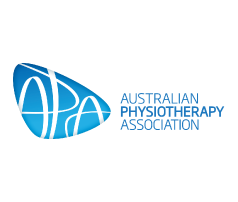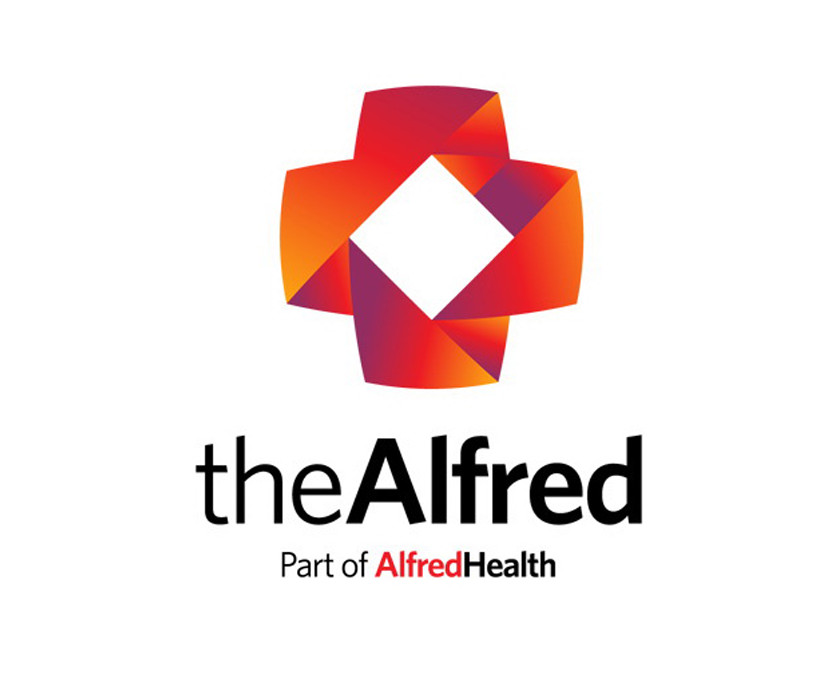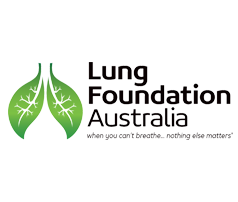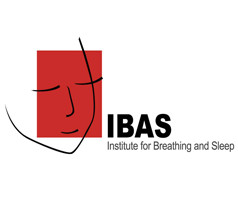Treatment strategies
For treatment strategies in local languages, visit the Strong Lungs website
Treatment options for bronchiectasis have been discussed in detail on other pages of this website. Essential treatments involve:
Daily airway clearance to remove phlegm
Regular exercise
Bronchodilators and inhaled nebulisers (when prescribed)
Antibiotics
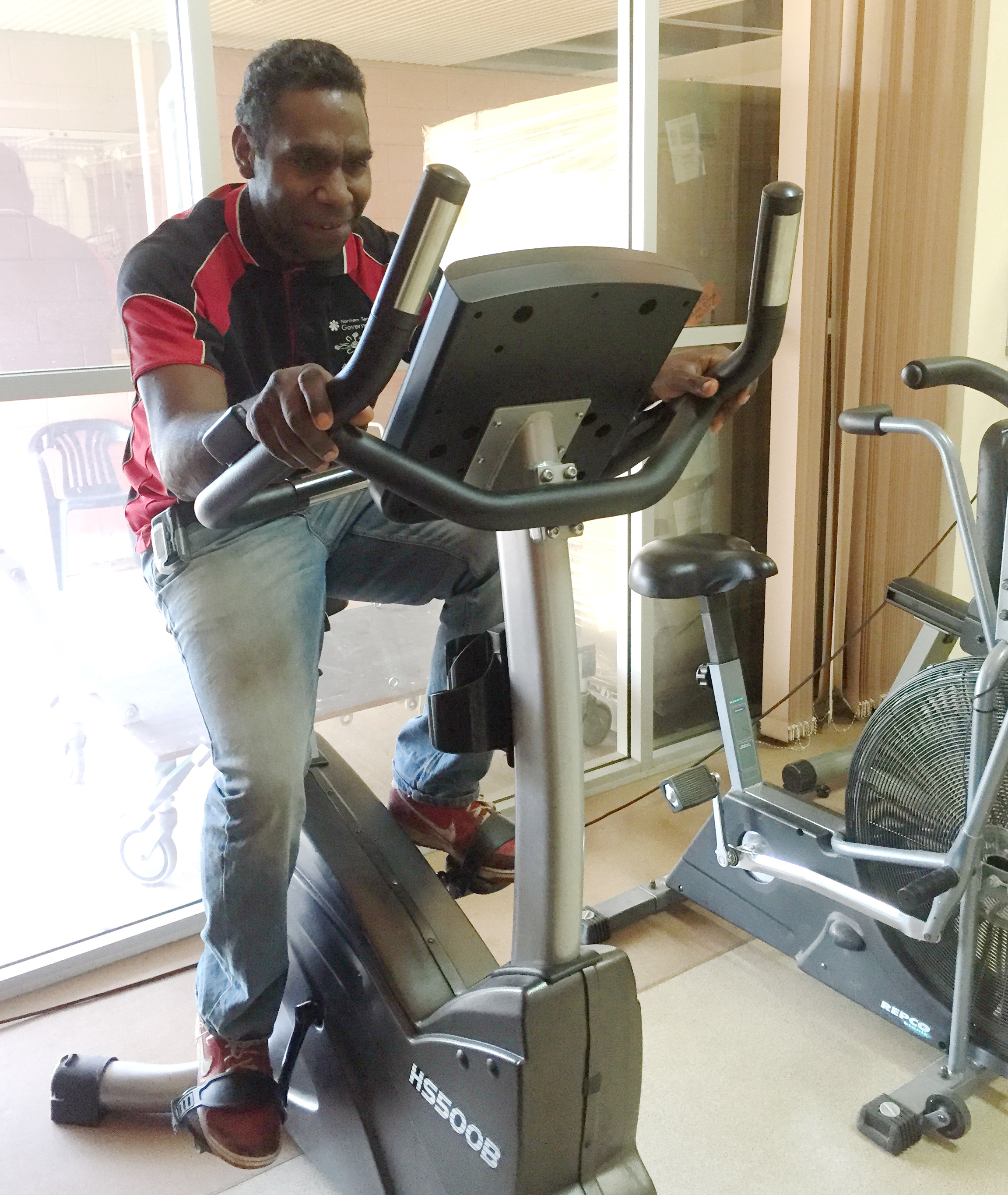
Airway Clearance Devices and Medications
It may be difficult for Australians living in remote areas to maintain airway clearance devices, medications or exercise programs at home. This may be due to harsh weather conditions, shared living environments or cultural shame.
Go to the Strong Lungs website for airway clearance videos in local languages – Yolngu Matha, Kriol, Burrara, Tiwi, Walpiri, Arrernte and Pitjantjatjara.
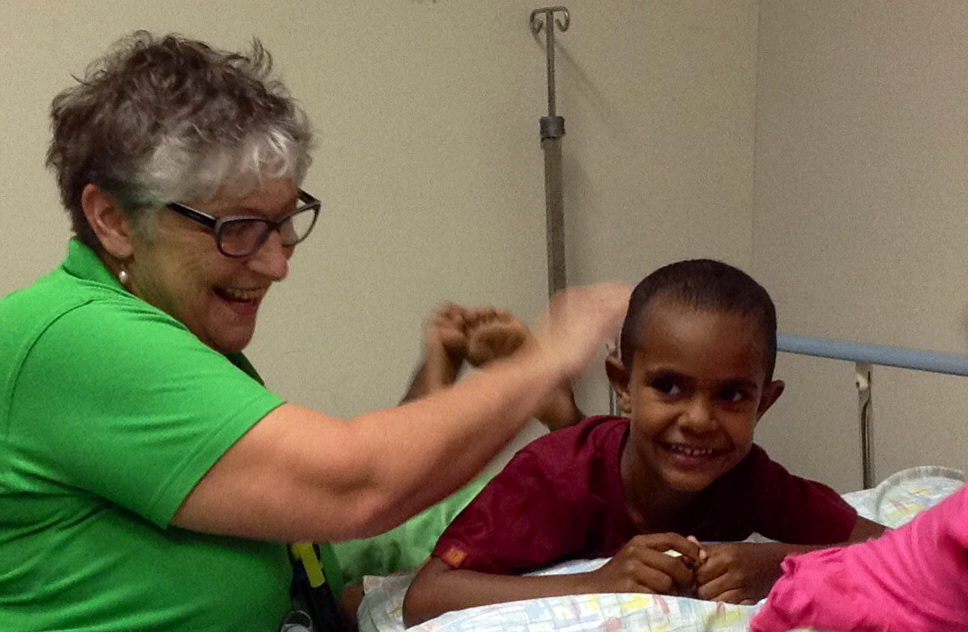
Airway clearance options include:
Bottle PEP is a useful option for airway clearance as the device can be regularly replaced at minimal expense. A 2 litre juice bottle and some wide bore tubing (provided by the local clinic) is all that is required. See Bottle PEP section for a description of setting up the device.
An alternative device is a Therabubble™
How to use the Therabubble™
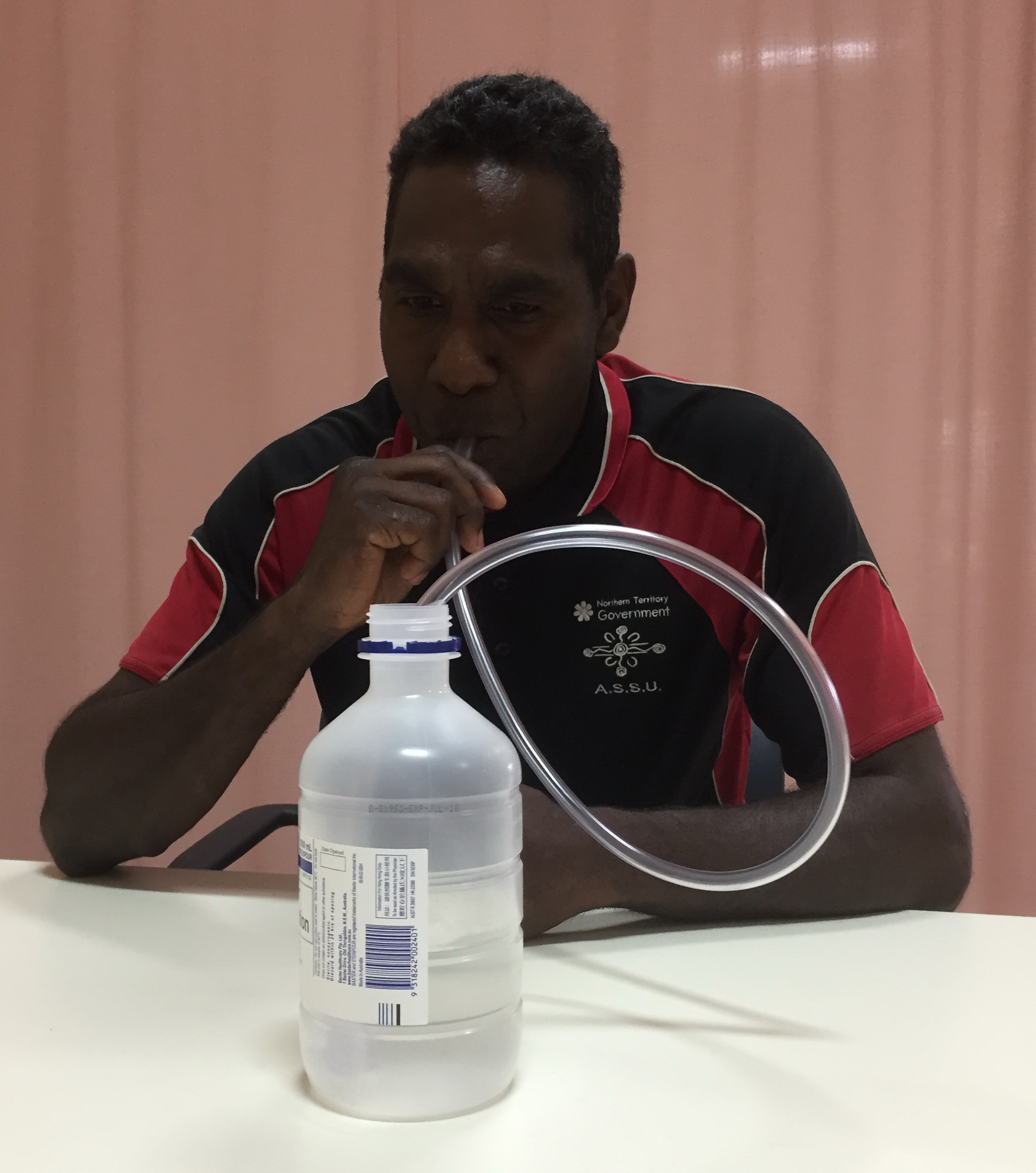
The Therabubble™ range includes illustrations by indigenous artists:
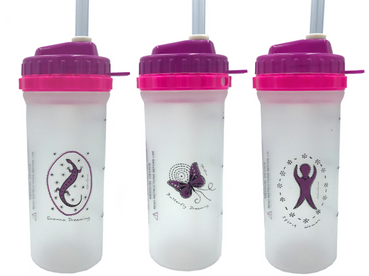
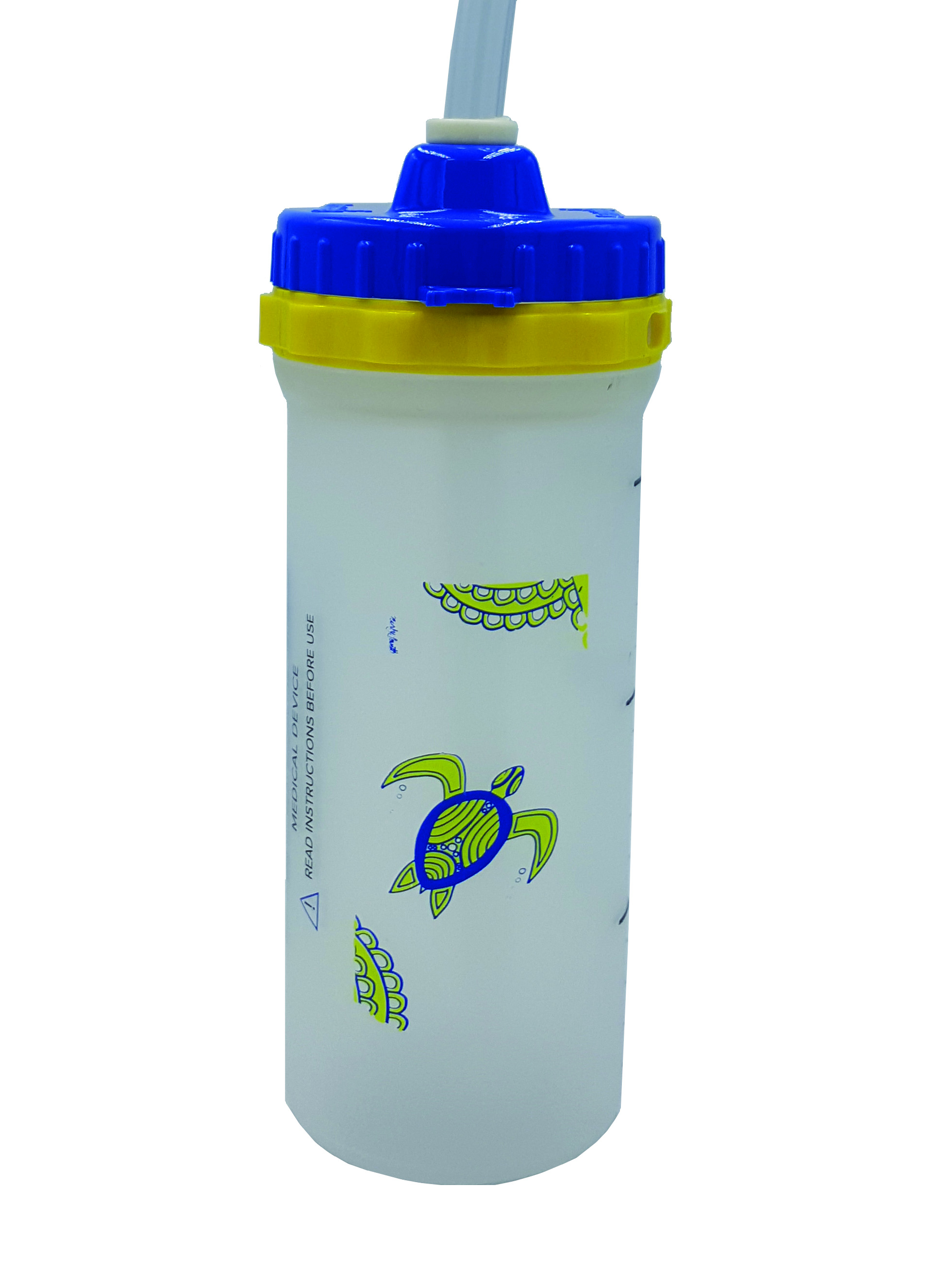
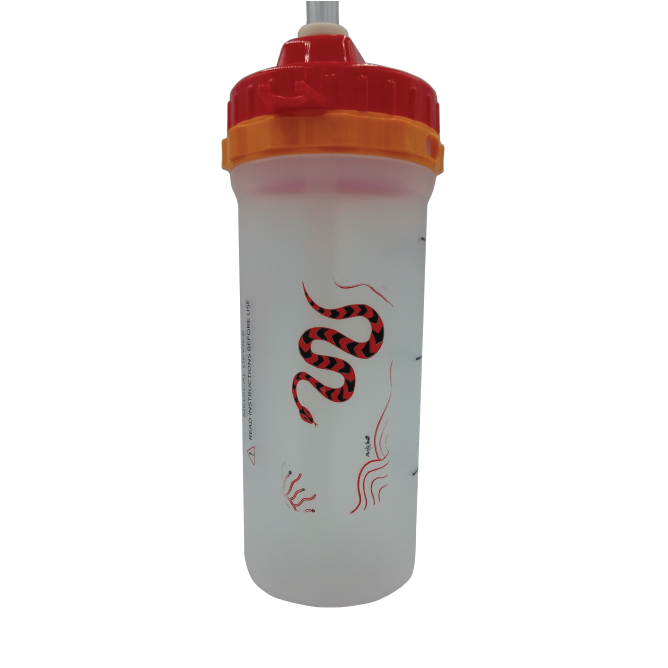
Positioning to enhance ventilation and drainage
These positions may be achieved through placing the child on the care givers lap. Older children may often use a couch or bed (Fig. 1)
Parents can be taught manual techniques to perform, whilst the child is in one of these positions, to assist with the removal of secretions (Fig.2)
Incorporate huffing or the active cycle of breathing technique (ACBT) when using ModGAD positions
The number of positions used and the time spent in each position will vary from person to person and will depend on the clinical symptoms. Each position may be held anywhere from 3 – 15 minutes

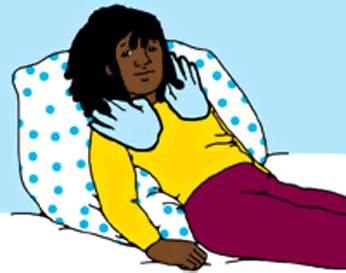
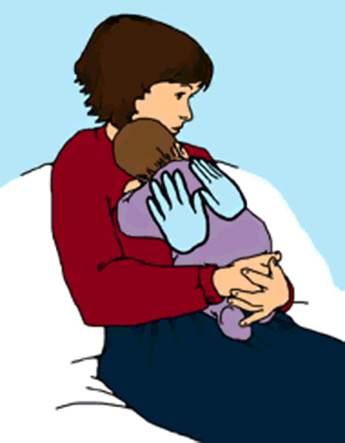
Fig. 2 Examples of hand positions for manual techniques
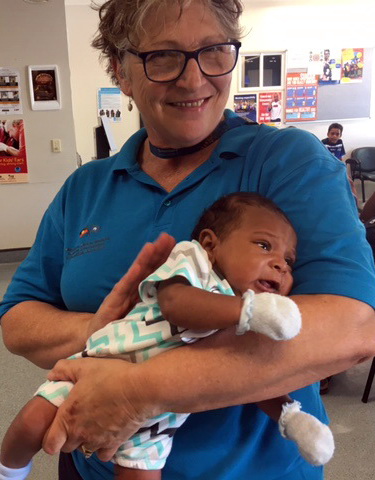
Breathing exercises
Where possible, all patients should be taught the active cycle of breathing technique as it is an effective, portable technique that does not involve any cost or hygiene issues.
Patients should also be taught how to huff effectively (see FET video ).
The importance of nose breathing should also be discussed as nose breathing filters and humidifies the air thus decreasing the possibility of lower airway infections.
Children can also be encouraged to blow bubbles and blow up balloons.
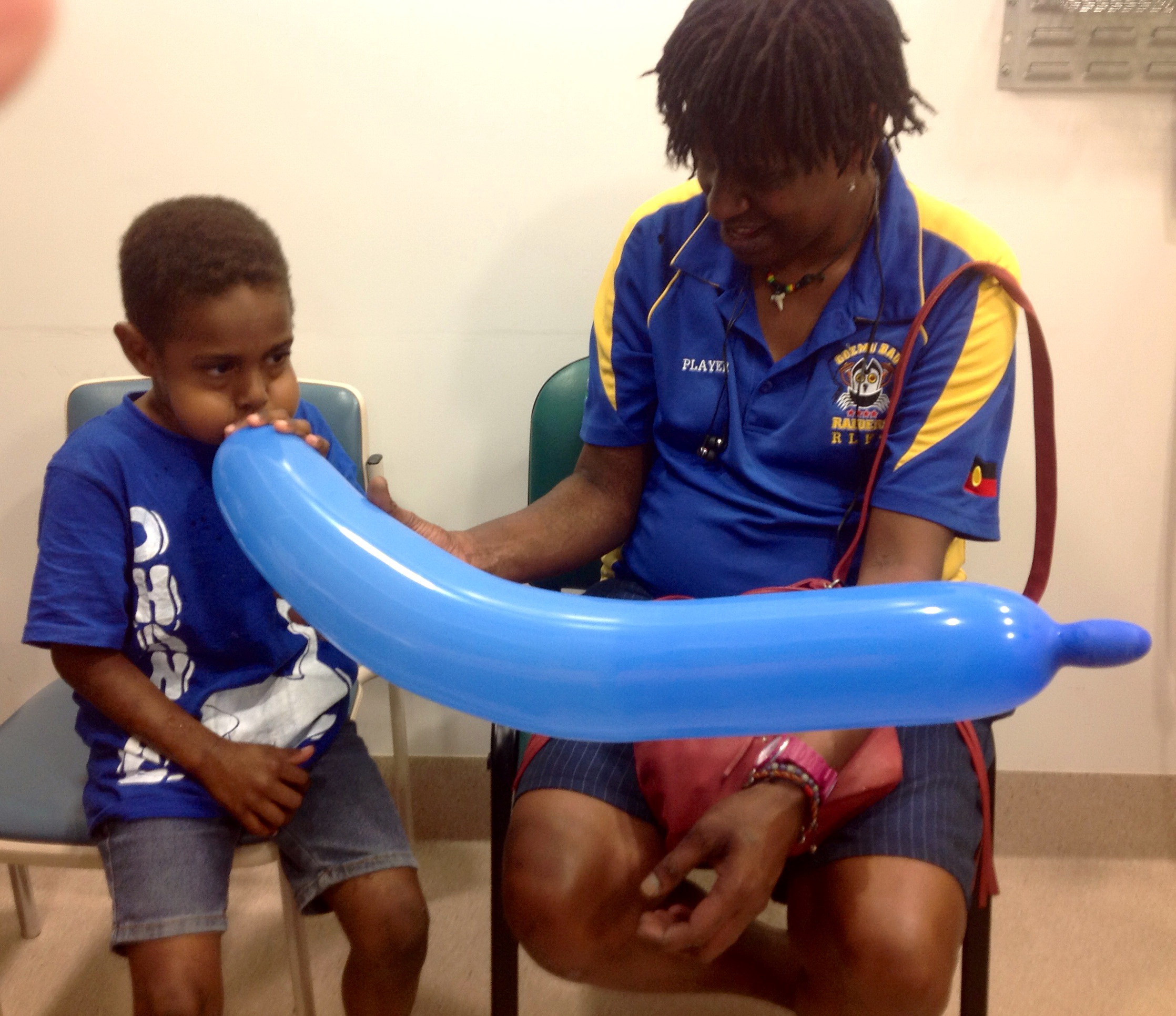
Music and Dance
Singing, hip-hop, music and dance are integral elements of community life across Australia. These activities also promote healthy breathing, and can improve airway clearance for people living with bronchiectasis. Health professionals should take the time to discuss personal interests with their patients, and tailor individualised healthy breathing programs that link with community living.
It is important to keep in mind that music and dance may not be appropriate in certain circumstances, particularly in times of community business. This is where patient-centred care is paramount – speak with patients, AHWs, ALOs and elders to develop culturally sensitive understanding of local traditions.
Non-Indigenous health professionals often suggest the use of didgeridoos in airway clearance. This may be an incredibly effective way of promoting healthy breathing, however it is important to note that didgeridoo music often reflects sacred practice within men’s business. It would be inappropriate to suggest that a woman uses a didgeridoo, and may not be appropriate for boys or young men. Invest time in your communities to learn of key cultural expectations, to optimise treatment in a manner that preserves patient safety.
This patient proudly demonstrated his didgeridoo at clinic, made by his grandfather specially for him:
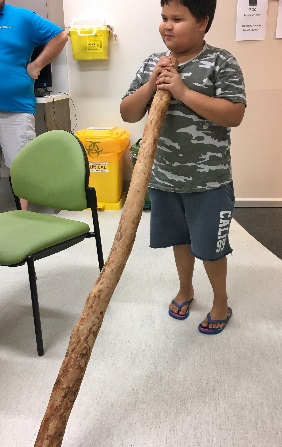
Other exercise
Ascertain the exercise options available and prescribe exercise as appropriate.
Encourage walking and all games or activities of daily living that involve aerobic activity.
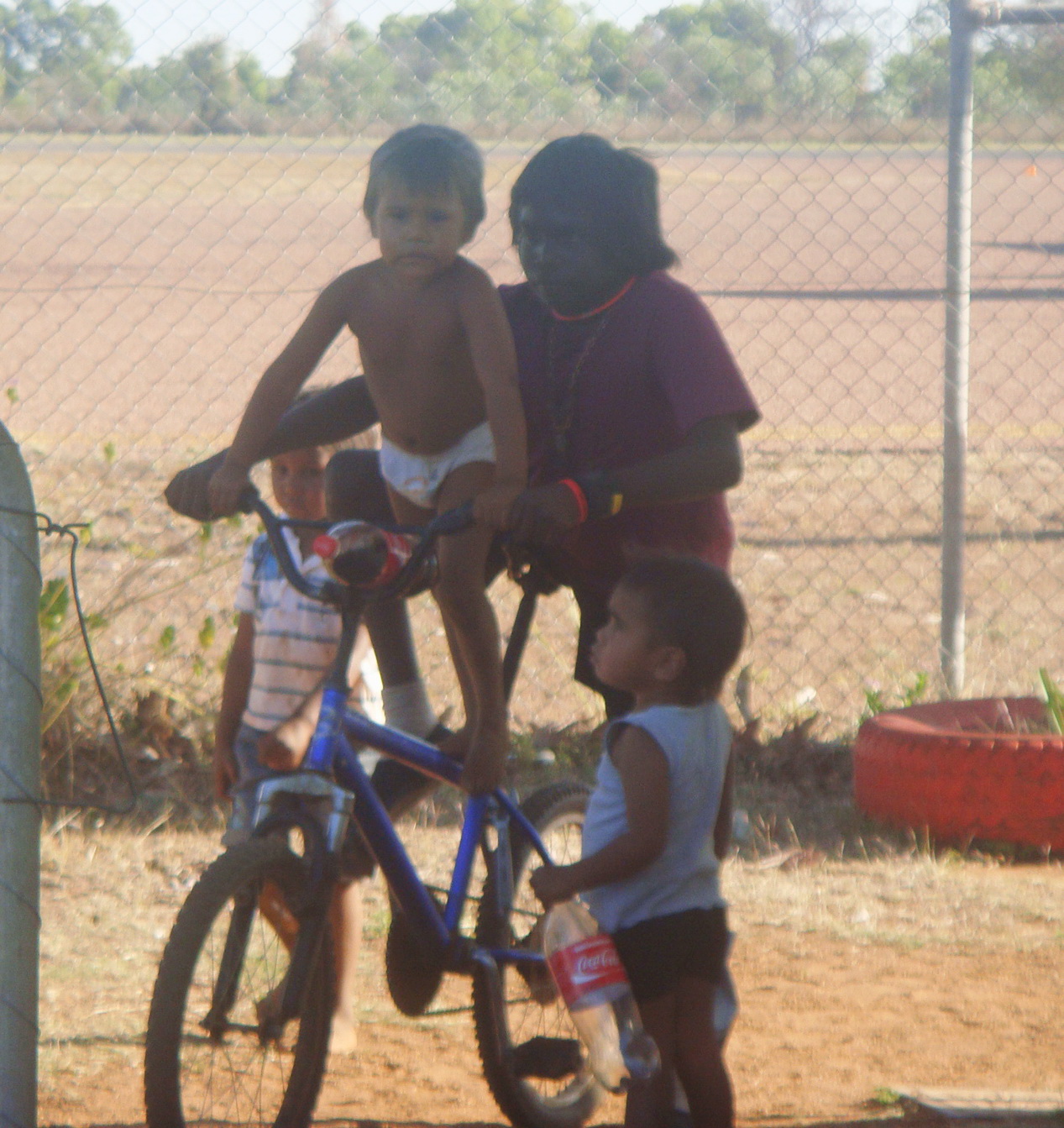
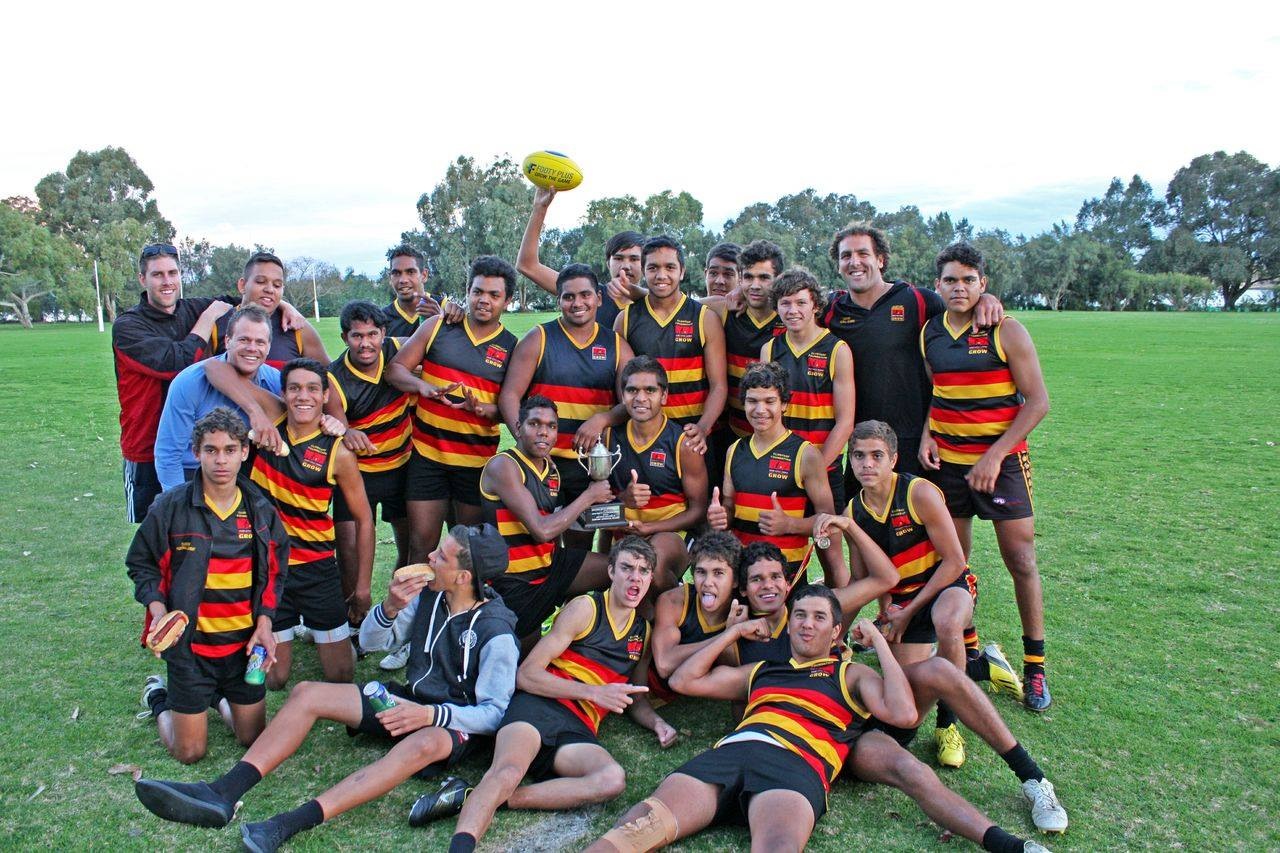
To optimise equal access to treatment, health professionals should approach their work with flexibility and liaise with clinics, community centres and schools. Remote health clinics may be able to keep bronchodilators, nebulisers and antibiotics for patients to use as required. Clinics, community centres and schools may be able to offer temperature-controlled spaces to safely keep airway clearance devices and enable exercise.
The Strong Lungs website provides patient handouts for:
ACBT
Bottle PEP
Asthma Action Plan
Strong Lungs for a Strong Life
Managing Your Cough
Walking
Strength Exercises
Stretch Exercises

